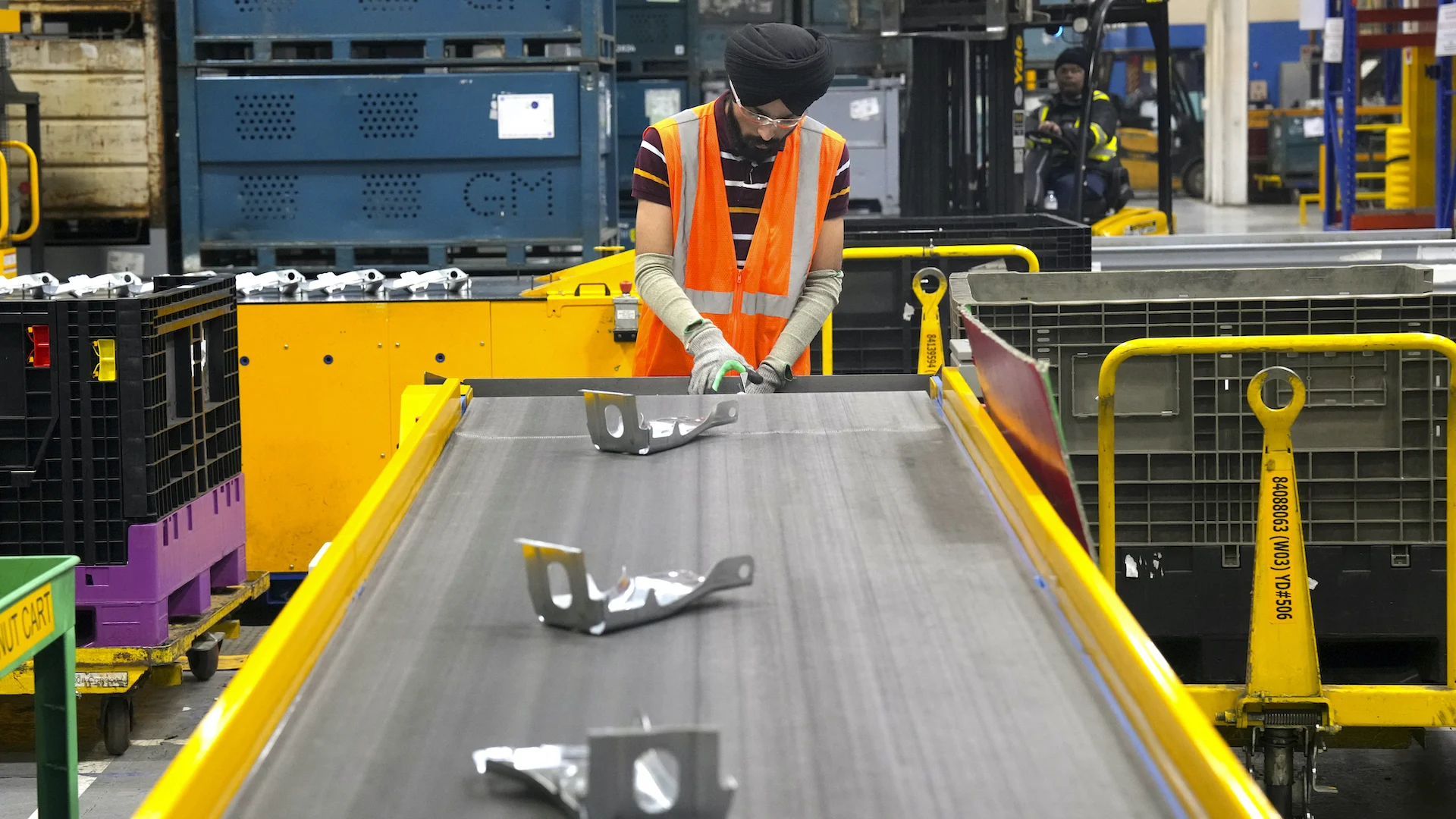Mass-produced European solar panels on the horizon – Information Centre – Research & Innovation

© lovelyday12, #295764592 resource:inventory.adobe.com 2020
Photo voltaic cells and panels, or modules, are central to Europes dedication to working with renewable power to meet up with up to a third of its power desires by 2030. But even though the power will be property generated, nearly none of the necessary components is made in Europe.
Most mass-generated cells and modules are from China, Taiwan and Malaysia, in accordance to an EU report. The most successful crystalline silicon photo voltaic-mobile know-how ideas on the current market interdigitated back-contacted (IBC) form photo voltaic cells are generated by a modest number of American and Asian corporations.
Europe is now closer to having its possess version of this know-how. The EU-funded NEXTBASE project has designed very successful IBC photo voltaic cells in the silicon heterojunction configuration (IBC-SHJ).
The NEXTBASE cells can change 25.four {ae9868201ea352e02dded42c9f03788806ac4deebecf3e725332939dc9b357ad} of the photo voltaic power they seize into electricity.
This is a European report for an industrially feasible version of IBC-SHJ know-how, says project coordinator Kaining Ding of the Forschungszentrum Jülich GmbH investigate organisation in Germany.
The existing laboratory planet report for a silicon photo voltaic mobile is 26.seven {ae9868201ea352e02dded42c9f03788806ac4deebecf3e725332939dc9b357ad}, which was also based on the IBC-SHJ idea but was extremely expensive to make. Our solution is close to the optimum stage.
NEXTBASE researchers have also designed a prototype four-mobile x four-mobile photo voltaic module that has accomplished 23.2 {ae9868201ea352e02dded42c9f03788806ac4deebecf3e725332939dc9b357ad} effectiveness, which is among the the maximum silicon module efficiencies at any time reported. Inspired by these results, the project group has designed a price tag-effective producing system that could develop these kinds of modules for below EUR .275/watt, enabling electric power era at costs equivalent to era with conventional Asian-made technologies.
It can make Europe competitive in photo voltaic mobile producing, says Ding.
Strength-tech innovations
Ding provides that the cells can make Europes power far more sustainable and secure. The better effectiveness fosters the transition to renewables as it provides far more power from smaller sized locations than equivalent considerably less-successful cells, he points out, adding: From an environmental and societal watch, it is far better to develop regionally.
The IBC-SHJ know-how is key to the amazing power conversion price. Metallic contacts in conventional mass-generated photo voltaic know-how are on the entrance and back, wasting the photo voltaic power that is blocked by the metallic on the entrance. In contrast, back-contacted cells have all the connections at the back, so that they can seize photo voltaic power throughout their total entrance floor, in addition to staying aesthetically pleasing.
Present IBC-form modules offer only to a high quality current market and are expensive to make, in accordance to Ding. The 14 field and investigate companions in the NEXTBASE consortium altered patterns and procedures for the silicon wafers, the cells and the modules in this know-how to make them both equally far more successful and far more price tag-effective.
Ding points out that IBC-SHJ cells have intricate constructions. There was no price tag-competitive industrial way to develop them.
NEXTBASE member Meyer Burger Research AG designed an automated process for producing the cells cheaply. This process was extremely successful and basic, says Ding.
Pilot preparations
Ding thinks that NEXTBASE can raise producing and shopper curiosity in European photovoltaic know-how and make IBC-SHJ modules far more beautiful to consumers. The results are main to commercialisation of significant-effectiveness PV modules based on next-era c-Si photo voltaic cells. Without EU funding, the companions would not have labored alongside one another that carefully, says Ding. Everyone has an active curiosity in accomplishing the perform, even beyond the project.
The next step will be to display that the NEXTBASE mobile can perform in greater modules and to industrialise manufacturing. The companions are organizing a project for a pilot line, led by Meyer Burger Research AG, which now has a patent on the mobile.
Nonetheless, scientific info about the projects innovations can be accessed on the NEXTBASE web page, like its price tag and life-cycle affect assessment, letting other jobs and companies to produce additional next-era photo voltaic know-how in Europe.







